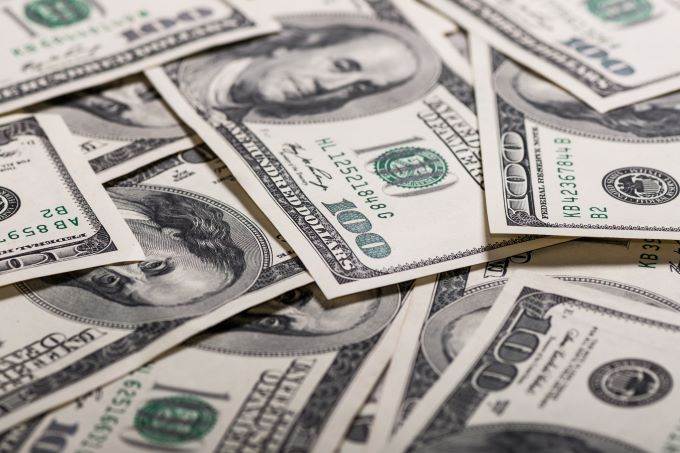So far this week the dollar has lost 0.18 percent against a bundle of its main competitors, posting losses for the seventh consecutive week.
 This week the dollar has been attempting to recover, though unsuccessfully. On Monday, the greenback advanced after traders decided to close out their short positions, gaining 0.21 percent during the session and advancing for the second consecutive session. However, it dropped its gains during the following session, going down by 0.42 percent.
This week the dollar has been attempting to recover, though unsuccessfully. On Monday, the greenback advanced after traders decided to close out their short positions, gaining 0.21 percent during the session and advancing for the second consecutive session. However, it dropped its gains during the following session, going down by 0.42 percent.
Many link the weakness of the greenback with the Fed's current monetary policy stance. The Federal Reserve has decided to keep cash rates low as long as it's needed, as well as expanding its asset purchase program. In its last meeting, the Federal Reserve left its cash rates unchanged at 0.25 percent, announcing that economic growth is well below the pre-coronavirus crisis level.
Many analysts expect that the Federal Reserve will end up adopting a more accommodative monetary policy stance than that it adopted during the great recession. One of the possible changes is that the Bank would be slower in terms of adjusting its policy stance in case of rising inflation. Many speculate that the bank could commit to keeping the cash rate levels low until it reaches its inflation and unemployment targets. The Bank could also tolerate more the idea of having an inflation level between 2 and 4 percent.
Another reason that contributes to the weakness of the dollar is the fact that the US lawmakers have been remarkably unsuccessful in terms of agreeing on an extra stimulus package. Recently, an additional $600 unemployment stimulus expired, and now the US lawmakers are debating if the government should continue granting the unemployed this sum or bringing down that amount to $200. On the other hand, most of the lawmakers agree on providing an additional $1200 stimulus check soon.
At the moment the negotiations are essentially stalled, though there has been some optimism recently since the US lawmakers are set to enter into a summer recess on Friday. The US Treasury Secretary, Steven Mnuchin commented that the negotiators of both parties agreed to try to reach an overall agreement before the end of the week.
In light of this situation, the United States President, Donald Trump threatened with taking executive action if a deal is not reached soon.
“I have a lot of powers with respect to executive orders, and we’re looking at that very seriously right now,” said Trump, highlighting his optimism concerning the negotiations, commenting that progress in the negotiations is going very well.
In terms of the economic calendar, several key pieces of data have been released this week. On Monday, Markit Economics published July's Manufacturing PMI for the United States, which stood at 50.9, signaling a slower expansion than the previous month's, which was at 51.3, and below the analysts' expectations, who foresaw it to be at 52.
The Institute for Supply Management released its Manufacturing Employment Index which was at 44.3 in July, after being at 42.1 in June and below the analysts' expectations who foresaw it to be at 48.3. The manufacturing PMI stood at 54.2 in July, signaling a stronger expansion than the previous month's figure, which was at 52.6 and over the analysts' expectations, who foresaw it to be at 53.6. The manufacturing prices paid index for July increased to 53.2 from the previous month's 51.3, while the Manufacturing New Orders Index stood at 61.5, after being at 56.4 in June.
On Tuesday the markets learned that the factory orders increased by 6.2 percent on June (month-to-month), below the previous month's figure which stood at 7.7 percent. The Johnson Redbook Index stood at 1.1 percent (month-to-month), while the yearly figure showed a 7.1 percent contraction.
